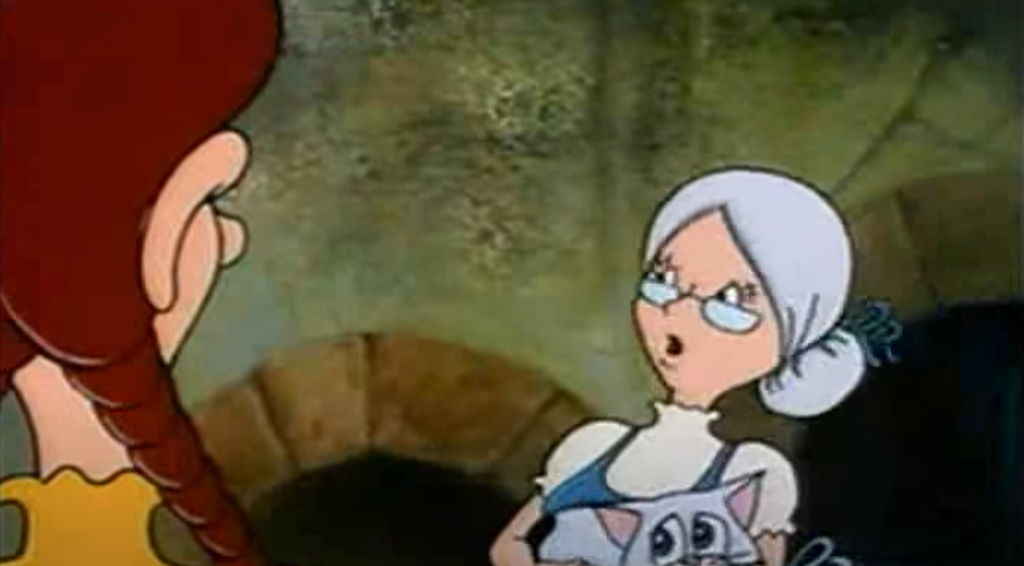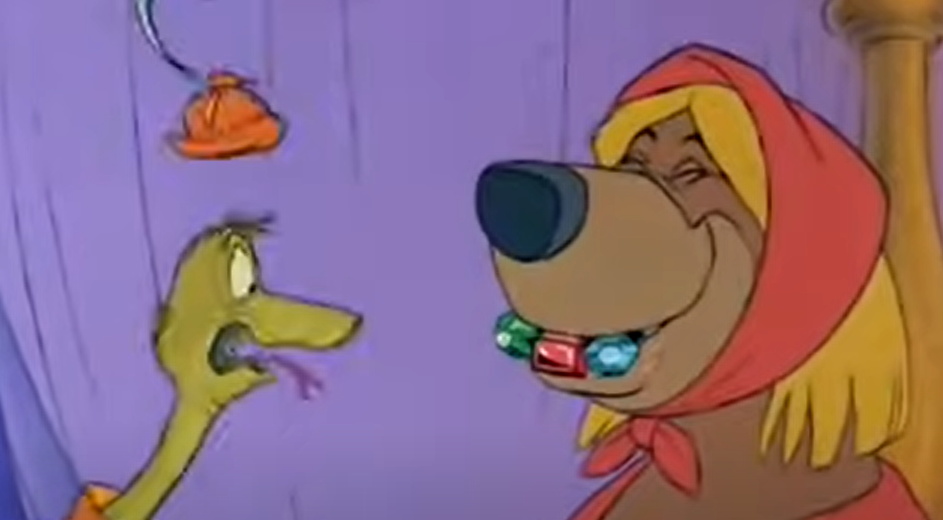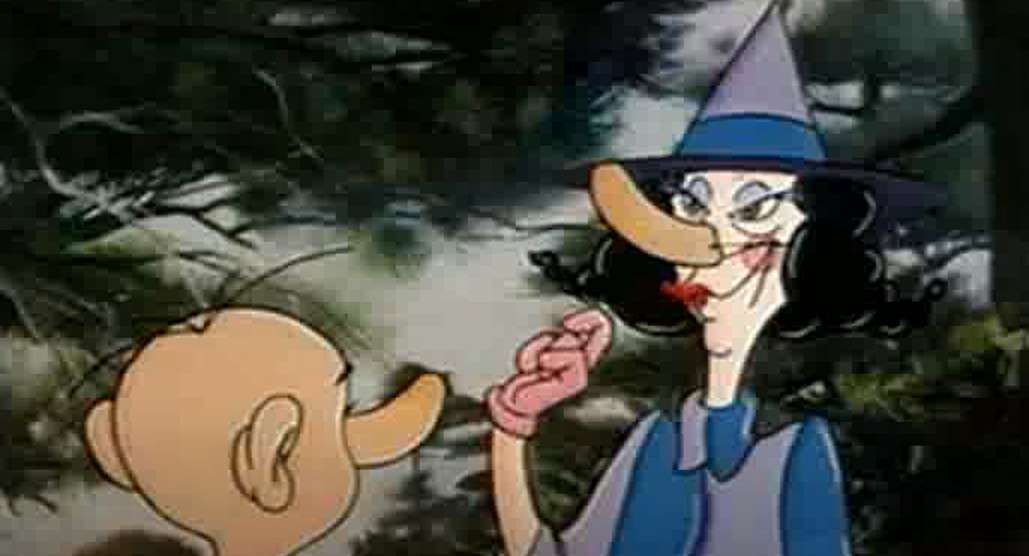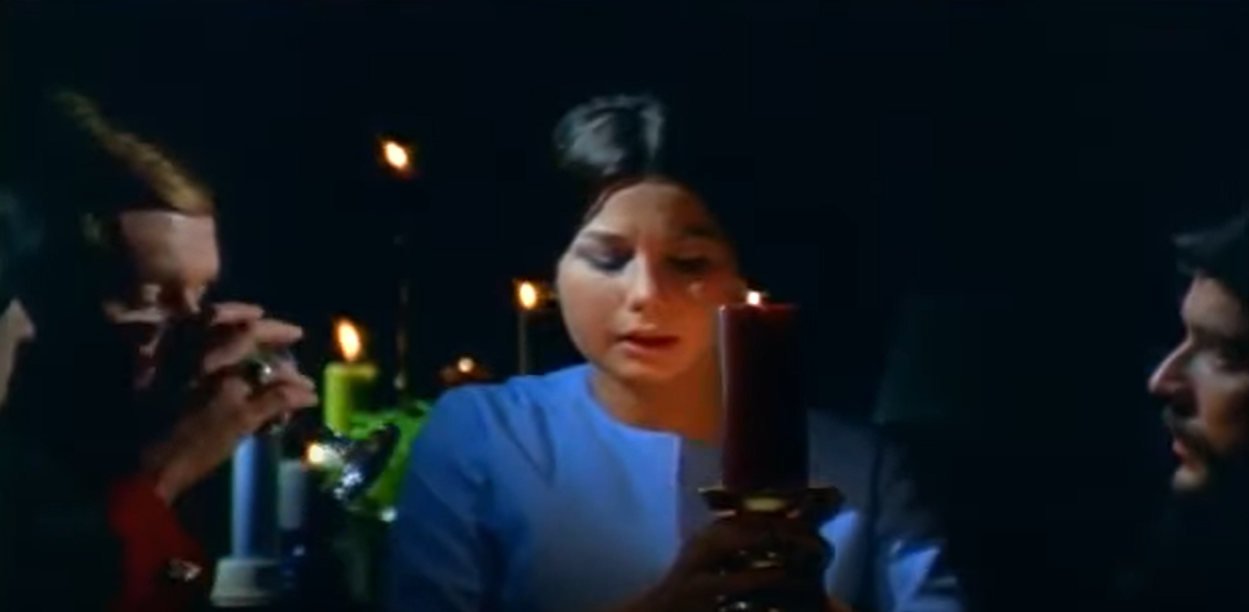The Innovative Animation Studios and Their Movies
The 1970s marked an exciting period for the world of animation, introducing a wave of movies that would shape the industry in countless ways. This era was characterized by artistic experimentation, political commentary, and technological advancements. It was a period that expanded the boundaries of animation, moving beyond just children’s entertainment.
Hanna-Barbera Productions
Founded by the dynamic duo of William Hanna and Joseph Barbera, Hanna-Barbera was a tour de force in animation during the 70s. Though the studio was primarily known for its television work, it produced a feature film that has since become a cherished classic:
- “Charlotte’s Web” (1973): This American animated musical drama film was directed by Charles A. Nichols and Iwao Takamoto. It was based on the 1952 novel of the same name by E.B. White. The film elegantly combined elements of drama, humor, and musical numbers to appeal to audiences of all ages. The screenplay, written by Earl Hamner Jr., managed to maintain the charm of the source material, resulting in an emotionally engaging viewing experience. The story of a friendly spider named Charlotte, who comes up with an ingenious plan to save her friend Wilbur the pig from becoming dinner, touched the hearts of many. The voice cast featured Debbie Reynolds as Charlotte, Henry Gibson as Wilbur, and Paul Lynde as Templeton the rat, among others.
Rankin/Bass Productions
Rankin/Bass was an American production company well-known for its seasonal television specials. In the 70s, the studio extended its reach into the realm of animated features:
- “The Hobbit” (1977): This American animated television film was directed by Jules Bass and Arthur Rankin Jr. It was an adaptation of the 1937 novel “The Hobbit” by J.R.R. Tolkien. The film was made using traditional cell animation, a departure from the studio’s regular use of stop-motion. Its detailed animation, heartfelt narrative, and memorable characters have since made it a classic among fantasy lovers. The film starred Orson Bean as Bilbo Baggins, John Huston as Gandalf, and Richard Boone as Smaug.
In addition to these two significant players, Disney continued its streak of hit animated movies throughout the 70s.
Exploring a Variety of Genres

A standout feature of the 1970s was the diversification of genres within animated films. Animation moved beyond just fantasy or musicals and started exploring a broader range of themes and genres.
Science Fiction and Animation
Animation provided a unique medium to depict otherworldly landscapes and concepts of the future, making it the perfect platform for science fiction. A pioneer in this genre was the film:
- “Fantastic Planet” (1973): Known as “La Planète sauvage” in French, this animated science fiction film directed by René Laloux is a classic of the genre. It was a French-Czech co-production and explored themes of oppression, adaptation, and rebellion. The narrative is set on a distant planet called Ygam, where human-like creatures known as Oms are treated as pets or pests by the dominant species, the giant blue-skinned Draags. The film is known for its psychedelic visuals, bizarre landscapes, and allegorical narrative about the fight for equality and freedom. The animation technique employed combined cut-out animation with traditional hand-drawn cell animation, resulting in a distinctive visual style that set the film apart.
Mature Themes in Animation
The 70s were a time when animation began to mature, venturing into areas typically reserved for live-action dramas. This was evident in:
- “Fritz the Cat” (1972): Directed by Ralph Bakshi, this American adult animated comedy was based on the comic strip by Robert Crumb. The film was ground-breaking as it explored themes of race, politics, and identity. Its unflinching portrayal of mature and controversial subjects set it apart and earned it an X-rating. The narrative followed Fritz, an anthropomorphic cat in the 1960s who leaves his academic life to explore the urban landscape filled with societal issues. The film’s unapologetic exploration of adult themes and societal critique marked a significant shift in how animation could be perceived and used as a medium.
Technological Advances
The 1970s were a time of rapid technological advancement, with new technologies allowing animators to push the boundaries of their art form.
One of the most influential advancements was the Xerography process, which Disney had started using in the 1960s. By the 70s, Xerography had revolutionized the animation industry. This photocopier technology allowed animators to directly print their sketches onto animation cells, reducing costs and significantly shortening production times. This technological innovation streamlined the animation process and was crucial in making animated movies more affordable and viable.
Meanwhile, in Japan, the animation industry started to see a surge in popularity with the advent of television and the rise of anime. The 70s marked a significant period for Japanese animation, leading to the production of several classic anime shows and movies. The decade was bookended by Hayao Miyazaki’s directorial debut:
- “Lupin the Third: The Castle of Cagliostro” (1979): Directed by Hayao Miyazaki, this Japanese animated action-adventure comedy film was the second feature in the “Lupin III” franchise. The film featured gentleman thief Arsène Lupin III, who stumbled upon a counterfeit money operation in the small country of Cagliostro while on the run after a casino robbery. The film showcases Miyazaki’s distinctive style of mixing humor, adventure, romance, and drama. The movie’s fluid animation, lovable characters, and engaging narrative make it a classic of anime cinema.
Other Noteworthy Films

A few other notable films released during this period exemplified the variety and experimentation characteristic of the decade.
- “Robin Hood” (1973): This Disney film used anthropomorphic animals to retell the story of the legendary outlaw Robin Hood. The film was known for its memorable characters, entertaining narrative, and catchy tunes. While it may not have reached the commercial heights of some of its Disney predecessors, it has since garnered a dedicated fan base for its charm and creativity;
- “Watership Down” (1978): Directed by Martin Rosen, this British animated adventure drama was an adaptation of Richard Adams’s 1972 novel of the same name. The story follows a group of rabbits as they journey to find a new home while encountering various challenges. The film stood out for its surprisingly dark and mature themes, making it appealing to both children and adults.
Conclusion
The 1970s was a pivotal decade in the history of animated movies. It was a time of change, exploration, and boundary-pushing in the industry, setting the stage for the animated films we know and love today. The legacy of these films, their creativity, their narratives, and their technological advancements continue to influence the world of animation. This was a decade that was not afraid to take risks, and it is for this reason that the animated movies of the 70s continue to captivate audiences to this day.
FAQ
The 70s animated films were distinct due to their daring exploration of diverse genres and themes, the introduction of adult content, and the adoption of innovative technological processes in animation production. Movies of this era were not afraid to challenge norms and cater to audiences beyond just children.
While several films from the 70s achieved modest box office success, many of them have since become cherished classics and have influenced future filmmakers. The real success of these films was their ability to push the boundaries of what was considered possible in animation, leaving an indelible mark on the history of the medium.
The 70s saw the continued use and improvement of the Xerography process, which made the production of animated films more efficient and affordable. This was also a period when Japan’s anime industry began to take off, influenced by the rising popularity of television.
The 70s animated movies explored a wide range of themes, including friendship, adventure, rebellion, politics, and societal issues. Films like “Fritz the Cat” ventured into adult themes, while others like “Fantastic Planet” delved into science fiction and allegory.




